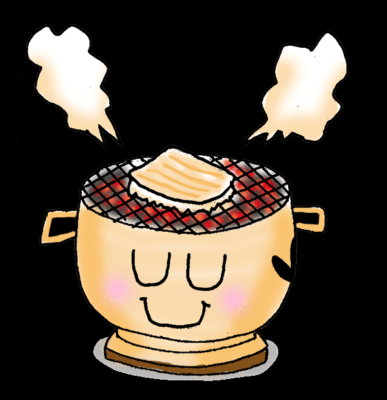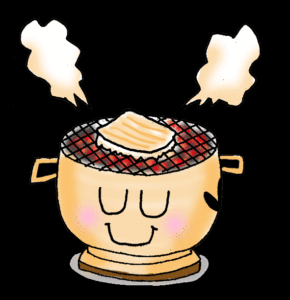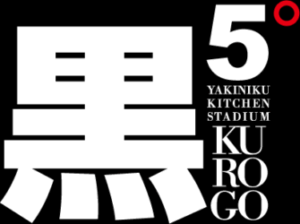One of the most popular items in Japanese yakiniku is beef tongue, usually served with a sprinkle of salt and grilled over charcoal. On menus, you will often find two types: Jo-Tan (Premium Tongue) and Regular Tan. But what exactly is the difference?
In this article, we will explain the different parts of beef tongue and how they are used in yakiniku. Finally, we will introduce how Kuro5, a famous yakiniku restaurant in Ikebukuro and Kabukicho, Tokyo, serves beef tongue with a unique style and careful preparation.
The Parts of Beef Tongue
A whole beef tongue weighs about 1–1.2 kg and is divided into several sections, each with a distinct texture and flavor.
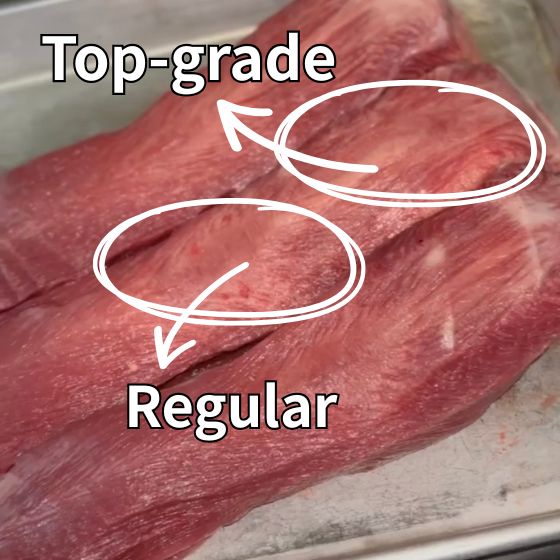
Tan-Moto (Base)
The thick, fatty base of the tongue. Extremely tender and juicy. This is the part used for Jo-Tan or Special Premium Tongue.
Tan-Naka (Middle)
The middle part of the tongue. Leaner than the base, with a good balance of meat and fat. This section is usually served as Regular Tan.
Tan-Saki (Tip)
The front tip of the tongue. Very chewy and tough, usually not served as yakiniku. Instead, it is often minced for other uses.
Tan-Shita (Underside)
The underside muscle of the tongue. While not commonly grilled, it has excellent flavor when simmered. At Kuro5, Wagyu Tan-Shita is served as a special menu item.
Jo-Tan vs Regular Tan
Jo-Tan (Premium Tongue)
- Part: Tan-Moto (the base)
- Texture: Very soft, rich marbling, melts in your mouth
- Taste: Intense umami, perfect with just salt and lemon

Regular Tan
- Part: Tan-Naka (the middle)
- Texture: Firm bite, moderate chewiness
- Taste: Light and refreshing, easy to enjoy in many slices
In short, Jo-Tan is a luxurious cut with high fat content and tenderness, while Regular Tan is more affordable and easier to eat in larger portions.
Kuro5’s Unique Approach to Beef Tongue
Here we would like to introduce Kuro5, a yakiniku restaurant with locations in Ikebukuro and Kabukicho, Tokyo. Known for offering rare wagyu cuts at reasonable prices, Kuro5 is famous for its “Yaki-Bugyo” style, where the staff carefully grill your meat over high-quality charcoal to serve it at the perfect moment.
Kuro5 handles beef tongue with great detail, using different sections in different ways.
How Kuro5 Uses Each Part of the Tongue
Jo-Tan = Tan-Moto
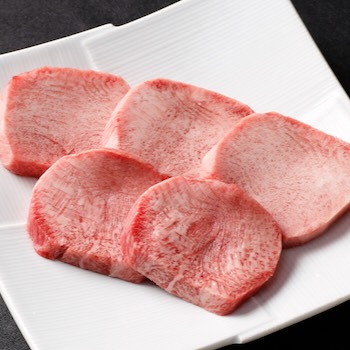
For Premium Jo-Tan, Kuro5 uses the Tan-Moto of U.S. beef tongue, served thick-cut and grilled over charcoal for a juicy flavor.
Even more special: each day, only two whole Wagyu beef tongues arrive at each restaurant. From these, the Wagyu Tan-Moto is served as “Special Jo-Tan,” offering an unforgettable wagyu experience.
Regular Tan = Tan-Naka
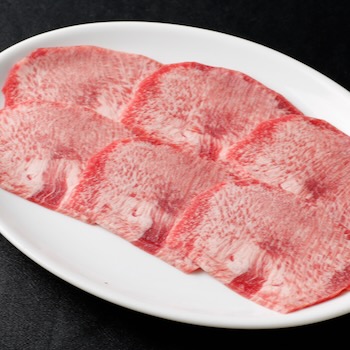
Regular Tan is usually made from U.S. Tan-Naka, offering a firmer bite. But sometimes Wagyu Tan-Naka is mixed into the Regular Tan – if you’re lucky, you might get Wagyu in your regular order!
Tan-Saki (Tip)
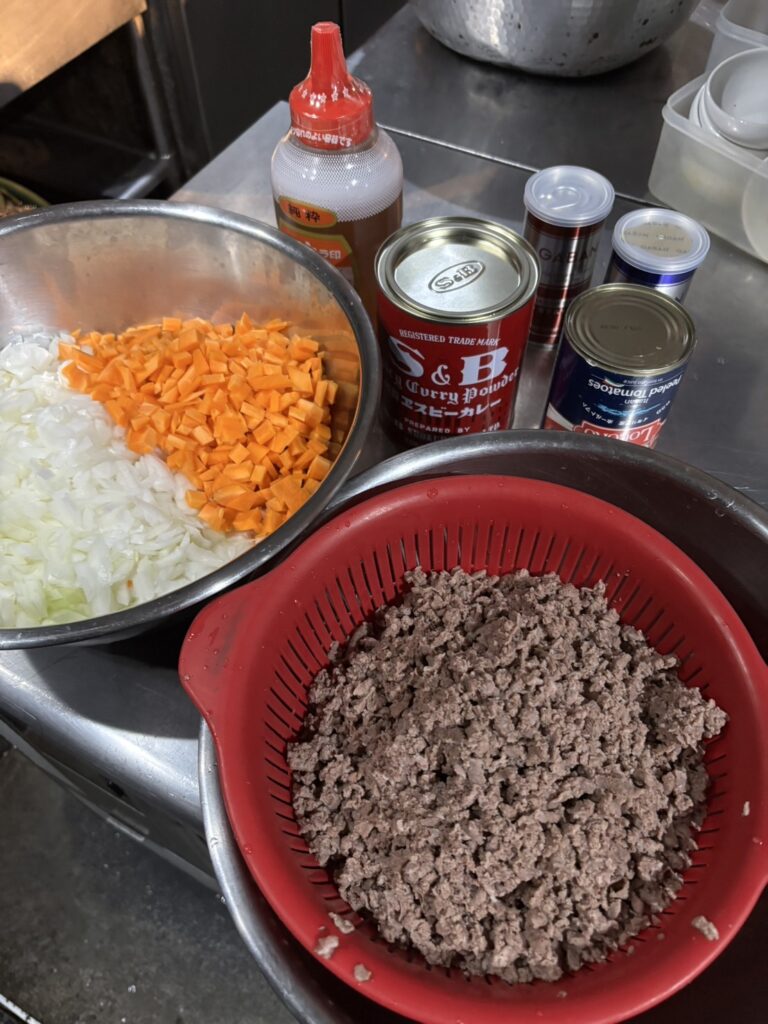
Too tough for yakiniku, so it is minced and used for staff meals. Nothing is wasted at Kuro5.
Tan-Shita (Underside)
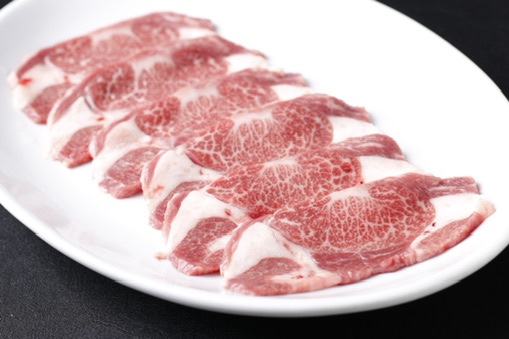
U.S. Tan-Shita is simmered in a sweet and savory stew. Meanwhile, Wagyu Tan-Shita has a unique crunchy texture and is offered as a special menu item. Many fans say this is a must-try cut at Kuro5.
The Rarity of Wagyu Tongue
Wagyu tongue is extremely rare in Japan and seldom appears on the market. Thanks to Kuro5’s special connections, each branch receives only two tongues per day. This allows guests to enjoy:
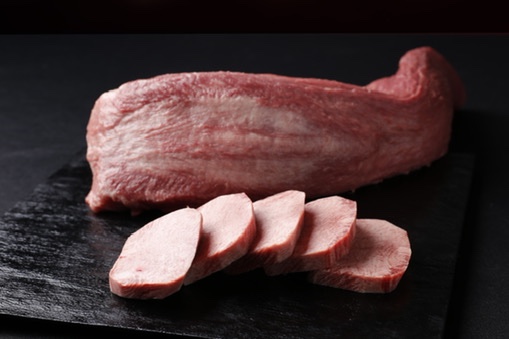
- Wagyu Tan-Moto = served as Special Jo-Tan
- Wagyu Tan-Naka = occasionally mixed into Regular Tan
- Wagyu Tan-Shita = offered as a unique menu item
This level of variety and quality makes dining at Kuro5 an exclusive experience for yakiniku lovers.
Charcoal-Grilled Flavor at Kuro5

At Kuro5, the staff grill each slice of tongue carefully over high-temperature charcoal, flipping it often to keep it tender. Jo-Tan is cooked lightly to preserve its juiciness, while Regular Tan is grilled until slightly crispy for texture. A squeeze of lemon is all you need to enjoy the pure flavor.
Enjoying Beef Tongue at Kuro5
Understanding the difference between Jo-Tan and Regular Tan makes ordering yakiniku even more exciting. At Kuro5, you can taste both U.S. and rare Wagyu tongue, prepared in the best possible way.
The limited supply of Wagyu tongue means that finding it on the menu feels like winning a prize. Many regulars visit hoping for that special chance.
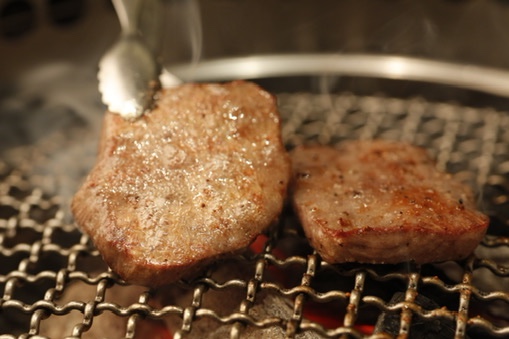
If you want to experience the true depth of Japanese yakiniku in Tokyo, Kuro5’s Jo-Tan and Special Wagyu Tan are a must-try.
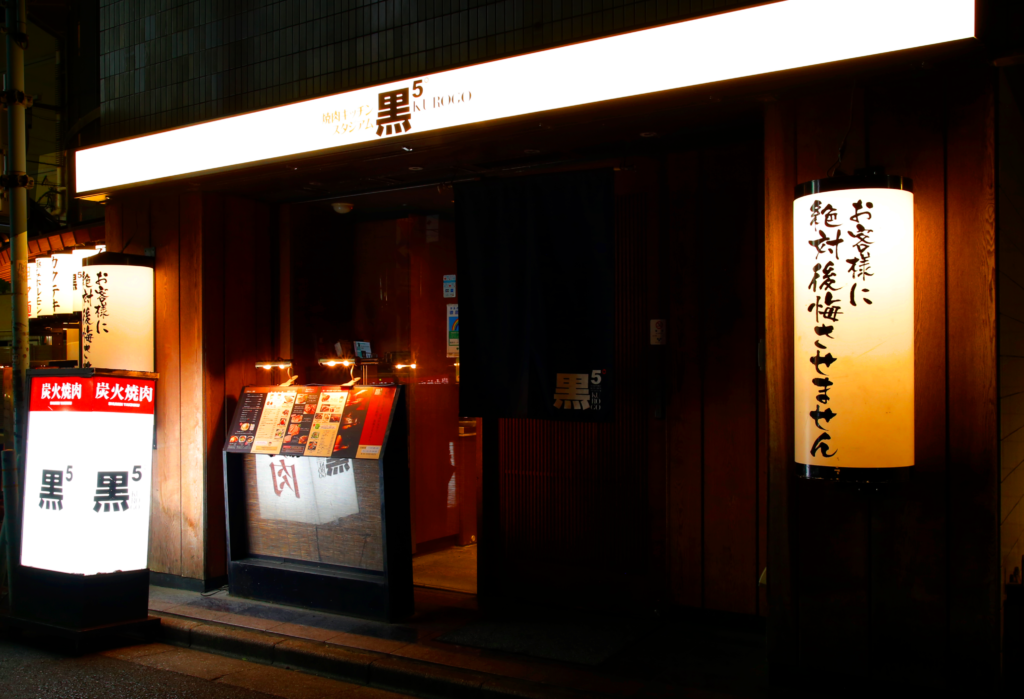
Wagyu Yakiniku Kuro5
IKEBUKURO Main Restrant
1F Shima 100 building ,2-46-3, Ikebukuro, Toshima-ku , Tokyo 171-0014
https://en.kuro5.net/restaurant/honten
Wagyu Yakiniku Kuro5
IKEBUKURO East Exit Restrant
2F Need Building, 1-42-16 Higashi-Ikebukuro, Toshima-ku, Tokyo 170-0013
https://en.kuro5.net/restaurant/higashiguchi
Wagyu Yakiniku KURO5
Kabukicho
1F Sankei Building, 2-21-4 Kabukicho, Shinjuku-ku, Tokyo
https://en.kuro5.net/restaurant/kabukicho
Official Instagram: @kuro5yakiniku
